It’s true, the jubilee jolliness is upon us and even though I am proudly South African and we have been liberated from the British some time back, I am not one to hold a grudge.
I plan to take part in my own small way by enjoying a delicious cup of English tea whilst watching the festivities on television. I might even put on my best English accent for an hour or so – much to the annoyance of my poor husband, I’m sure!
Interestingly enough, a diamond jubilee was originally a celebration of a 75th anniversary but this was changed when her royal highness, Queen Victoria was at the head of things.
There was some unrest when this monarch decided to withdraw from public life after her husband’s passing in 1861. To help smooth things over, it was decided in 1897 to bring the diamond jubilee forward to the 60th anniversary from there on out!
Another interesting fact is that this is but only the second diamond jubilee ever celebrated!
Here are some pics and more interesting facts in tribute to the distinguished Queen Elizabeth II and everything British, enjoy!
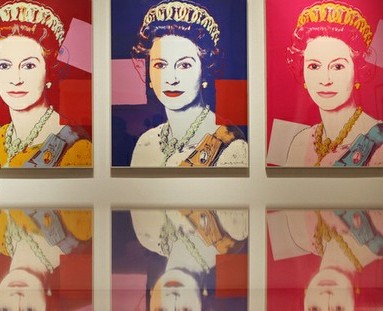
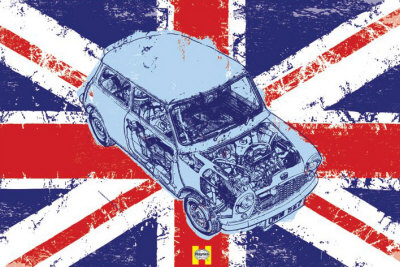
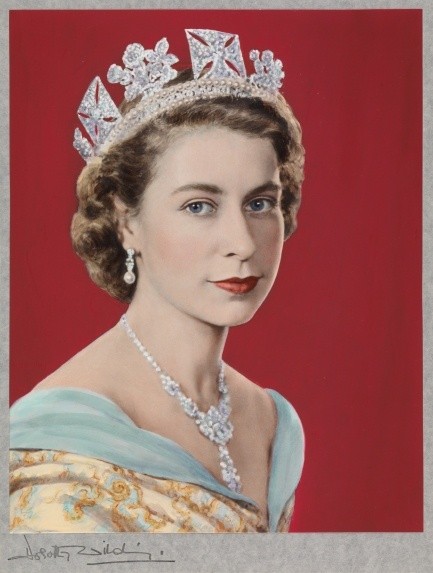
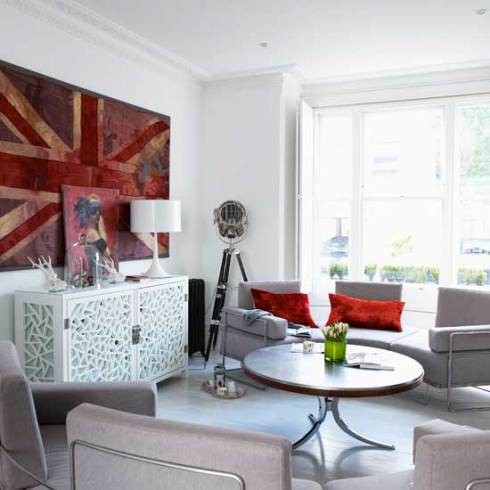
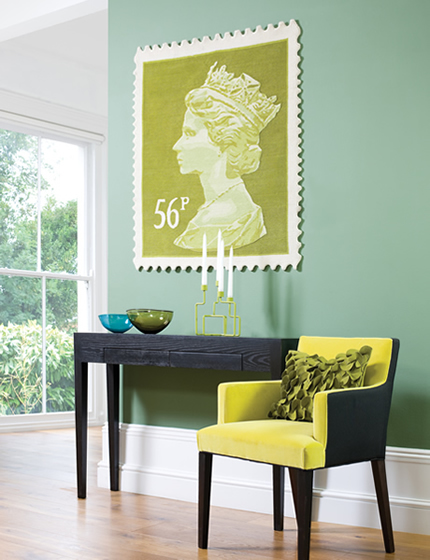
The first official sittings by Queen Elizabeth took place at Clarence House on 26 February 1952, almost three weeks after the death of her father, King George VI. The photographer was Dorothy Wilding, who was briefed beforehand by both Post Office and Royal Mint officials with their different requirements.
This first sitting produced three-quarter profile photographs of The Queen wearing a tiara. These were used by artists for initial stamp designs. However, from a heraldic point of view, it was felt that she should be wearing a coronet.
A fresh photographic session took place on 15 April, where The Queen now wore the diamond diadem made for George IV in the 1820s, designed to be worn outside a Cap of State. This had also been worn by Queen Victoria on the Penny Black and all her subsequent stamps.
The new three-quarter photograph selected was approved by The Queen on 5 May, with one proviso: The Queen felt it showed the diadem too far back on her head. This was altered by retouching the photo. This also clarified the outline of the diadem for reproducing at stamp size.
All British definitive stamps bore this Wilding portrait from 1952 until 1967, when it was replaced by the sculptured head by Arnold Machin. The Wilding portrait was also incorporated into all commemorative stamps during this period, although the three-quarter format caused problems for some designers






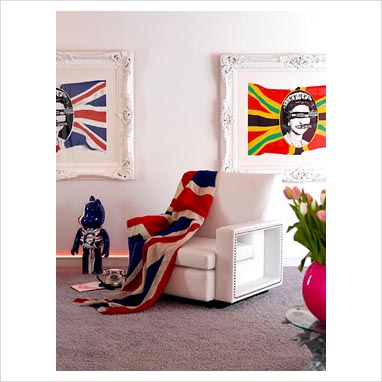

No comments yet.